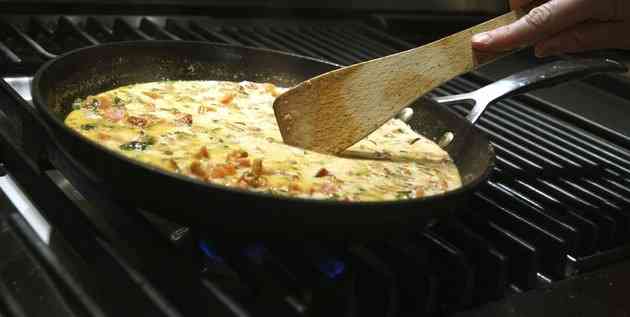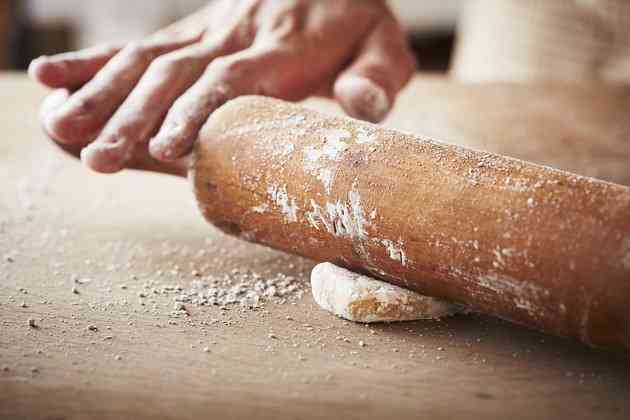How to Avoid Sauce Separating

Oil and water don't normally mix, but the addition of an emulsifying agent binds the two together in most sauces, giving them a smooth texture. The emulsifier is usually a protein - egg, cream or the milk solids in butter -- but in some sauces, flour plays a similar role. To avoid the culinary horror of sauce separating as you're whisking it together, treat these temperamental accompaniments with a firm yet gentle hand.
 Warming sauces for too long can result in a dinner disaster. (Image: phillyskater/iStock/Getty Images)
Warming sauces for too long can result in a dinner disaster. (Image: phillyskater/iStock/Getty Images)Step 1
Whisk the sauce briskly. You can usually keep a vinaigrette or roux-based sauce from breaking by simply beating the mixture at a high speed. If mixing by hand isn't doing the trick, use a blender or food processor to smooth out these types of sauces. If you're making a custard sauce, stir it constantly as it cooks to stop it from separating.
Step 2
Incorporate oil or butter into the sauce gradually. Adding more than one teaspoon of fat at a time might overwhelm the emulsifying agent and cause your sauce to separate. Stir well after each addition. As the sauce begins to thicken, you can safely stir in a bit more oil or butter at a time.
Step 3
Heat sauces gently. The eggs in cooked sauces coagulate, or scramble, when they reach approximately 180 degrees Fahrenheit. Keep custard and Hollandaise sauces together by not allowing them to exceed this temperature and incorporating hot liquids slowly. Even flour-based sauces, such as the classic Bechamel or Veloute, run the risk of going lumpy when they're overheated. If your sauce is getting too hot, transfer it to a cool container to arrest the cooking process and continue stirring.
Step 4
Use fresh dairy products in your sauce recipes. When cream and butter are past prime, the fats have a tendency to separate and you'll end up with a curdled sauce. If you're making a sauce that calls for sour cream, stir it in when the sauce is finished cooking to prevent grainy particles from ruining your dish.
Tip
No matter what you're whipping up, always follow the recipe's proportions and instructions precisely. A small measuring mistake or procedural lapse might be all that's between you and the perfect sauce.
Mastering sauces is easy when you understand the basics of what can go wrong. Once you've had some success, begin troubleshooting sauces that take a turn for the worse. If your sauce does break, you might be able to rescue it. Add a bit of mustard to broken vinaigrette, or a tablespoon of whipping cream to egg or butter-based sauces that separate. Salvage lumpy homemade mayonnaise by slowly blending the failed mixture into an egg yolk in a separate bowl. In some cases, you might be able to use a sieve to strain out the lumps.
Warning
Some sauces separate when refrigerated; it's best to serve sauces immediately.




